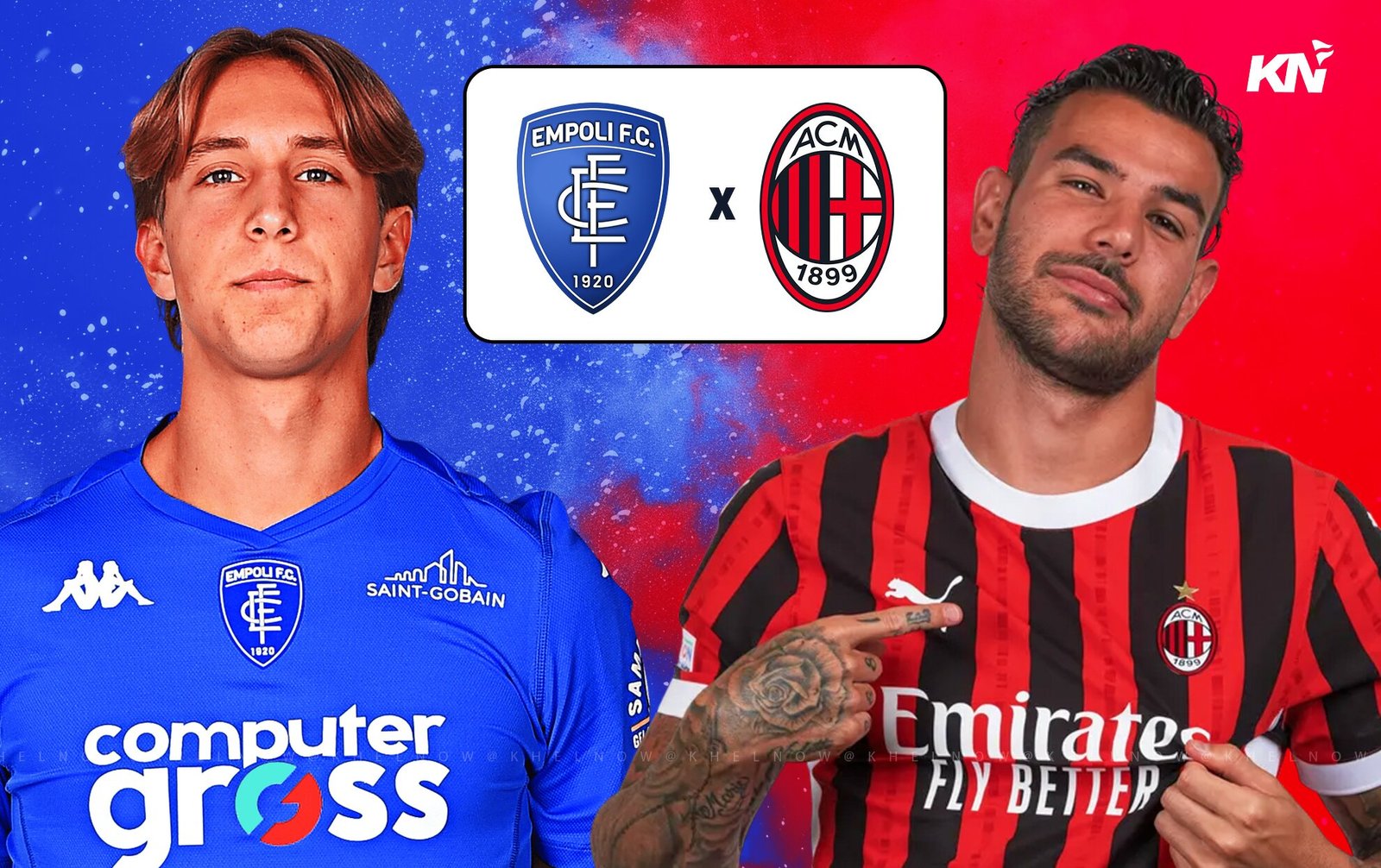I tifosi di calcio che attendevano con ansia la partita tra Empoli e AC Milan rimarranno delusi, poiché il match non sarà trasmesso in televisione. A causa di problemi tecnici imprevisti, i telespettatori non potranno seguire la partita sui canali soliti, creando una spiacevole interruzione per i tifosi che speravano di guardarla. Questo inconveniente ha sorpreso molti, lasciandoli a chiedersi come poter comunque seguire l’azione.
Problemi tecnici come questi sono rari, ma quando si verificano, interrompono il normale svolgimento delle trasmissioni degli eventi sportivi. Sebbene la causa esatta del problema non sia ancora stata comunicata, l’aspetto importante è che il match, originariamente previsto per essere trasmesso, non arriverà sugli schermi dei telespettatori. Questa notizia è particolarmente frustrante per i tifosi fedeli di entrambe le squadre, poiché questo incontro era un appuntamento molto atteso nel calendario calcistico.
Mentre i telespettatori non avranno accesso alla partita, ci sono comunque delle opzioni per rimanere aggiornati. Molti siti web e app sportive offrono commenti in diretta e aggiornamenti sui punteggi in tempo reale, quindi i tifosi possono seguire l’andamento della partita minuto per minuto. Anche le piattaforme social giocano un ruolo cruciale, offrendo highlights e aggiornamenti della partita, assicurando che i tifosi siano informati anche senza poter guardare direttamente il match.
Per coloro che avranno la fortuna di assistere alla partita dal vivo, l’atmosfera sarà sicuramente elettrica. C’è qualcosa di speciale nell’essere allo stadio, vivendo l’intensità e la passione del gioco da vicino. I tifosi sugli spalti avranno il miglior posto in assoluto, vivendo ogni momento emozionante che le trasmissioni televisive a volte non riescono a catturare.
Al momento, il futuro delle trasmissioni televisive per partite come queste rimane incerto. I t
ifosi dov
